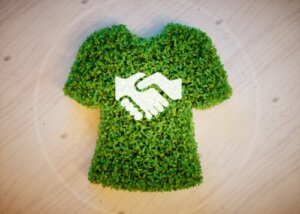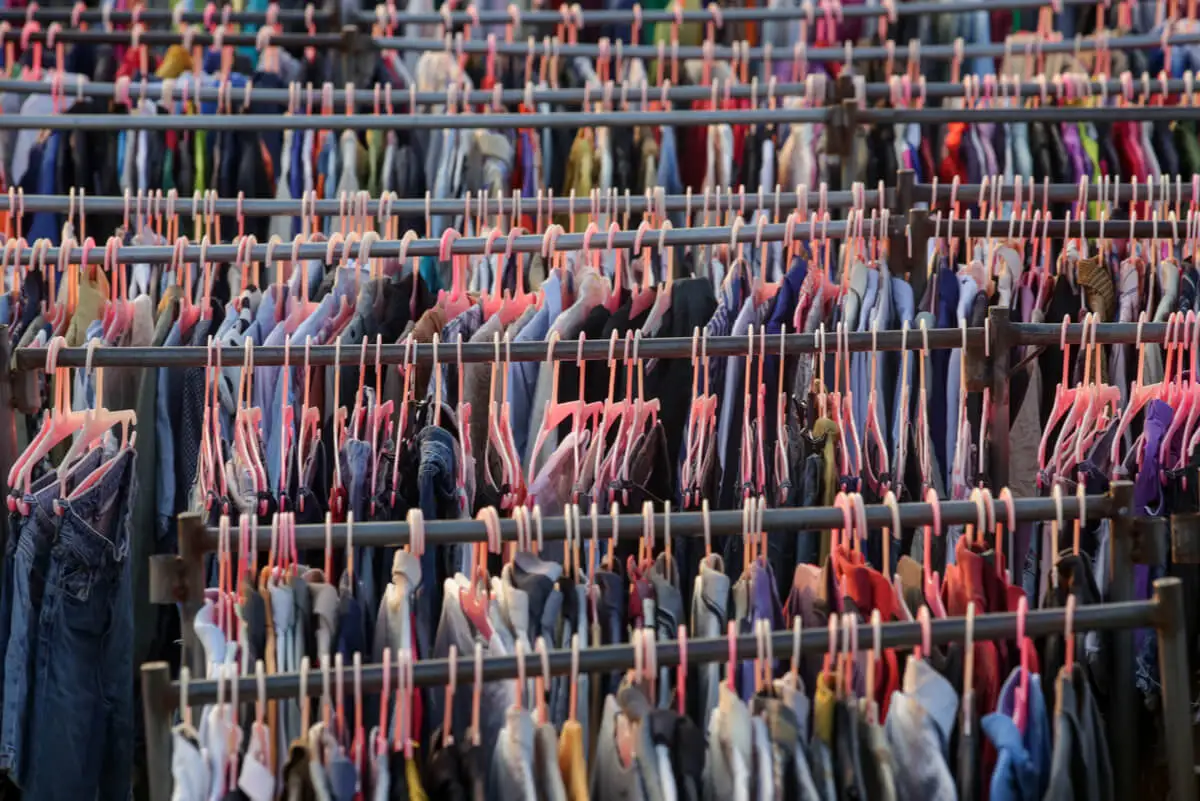What is Sustainable and Ethical fashion and How Can You Implement It?

Buying clothes transcends a simple commercial transaction. For many, it’s about being fashionable on an ongoing basis or may even be seen as a therapeutic activity to gain confidence. However, beyond that, there are those who try to do so by opting for sustainable fashion, which is governed by marked ethics.
The first thing to know is that the antagonist of sustainable fashion is fast fashion. These are inexpensive, low-quality garments, shoes, and accessories that seek to imitate high-fashion clothing. They’re mostly made with synthetic materials and clandestine labor.
These factors allow their manufacturers to produce on a large scale and in a fast way. Let’s discover sustainable and ethical fashion in this article.
What is ethical and sustainable fashion?
This is a fashion that respects the planet. The word sustainable is linked to the origin of the article, its manufacture, sale, and use at the end of its useful life.
On the other hand, the term ethical refers to the behavior and decisions of people and brands in relation to the benefits or detriments of the garment to the human and our environmental surroundings.
In this way, it may seem that the responsibility falls on manufacturers and brands, but this is not entirely true. As consumers, we have some relevant decisions and responsibilities in our hands. The first of these is to inform ourselves before purchasing a product; the second is to buy in a sustainable way.

We think you may also enjoy reading this article: 19 Tips to Protect Yourself from the Effects of Air Pollution
How can I create sustainable and ethical fashion habits?
It’s important to make it clear that, to date, there’s still no fashion item that is 100% sustainable. After all, some non-renewable resources must be used to make it. As it is, however, there are better options than others.
The first thing you should do is make a short list in which you will include your non-negotiables. With this in mind, you should explore what the market has for you; for example, vegan, plastic-free, and animal-free products. You can also find out about raw materials and labor conditions.
At first, you may not accomplish everything on the list, but keep in mind that this is a transition that takes time. Do it gradually.
You can start with simple items, such as a toothbrush. How about one made from bamboo? Make changes one step at a time. The rest you will do intuitively until you gain experience.
Other measures to implement in sustainable and ethical fashion
The important thing to know is that before you send something to the landfill, there are options for that item. Everything can be reused or recycled.
- Don’t forget that it’s a continuous learning process. It’s all about trying new things and finding the ones that make you feel comfortable in a sustainable way.
- You can share your knowledge and experience to encourage others to join sustainable and ethical fashion.
- Don’t get overwhelmed. Remember that it’s not a race, it’s about life change. Keep in mind that every practice adds up.
- It’s worth repeating. This will make you buy less. It’s not about wearing clothes until they wear out, but about giving them good use. After they have fulfilled their cycle, don’t discard them; rethink them.
- Be strategic. Create outfits with repeated garments or minimalist style. This will allow you to buy less. You can also make a list of items that you would like to have in your closet that you can wear in different ways. Use the question to quide you: Is this a necessity or a sustainable luxury?
- Try to buy from artisans or people who follow this style. These communities, for the most part, work with ethical and sustainable guidelines.
- Do you have something in your closet that needs to be repaired? Do it. Don’t throw it away. Take it to the cobbler or seamstress. Another option is to get hands-on and get out your thread and needle.
- Learn how to wash your clothes properly. Keep in mind that a significant number of garments have been thrown away because they were not washed properly.

Like this article? You may also like to read: Plogging: Exercising while Caring for the Environment
Sustainable and ethical fashion is a life decision
When manufacturing clothing, accessories, and footwear, many factors come into play. This includes raw materials, labor, textile, and chemical waste, and water and energy consumption, just to name a few. The key to keep in mind is that each of them has a significant impact on the environment.
That’s when we need to realize that it’s not just what we eat that has an impact; so do the clothes we wear. It’s up to us to reduce our footprint.
Ultimately, we must move away from habits that contribute to pollution and environmental damage, such as fast fashion. Let’s start giving things a second life.
This text is provided for informational purposes only and does not replace consultation with a professional. If in doubt, consult your specialist.








